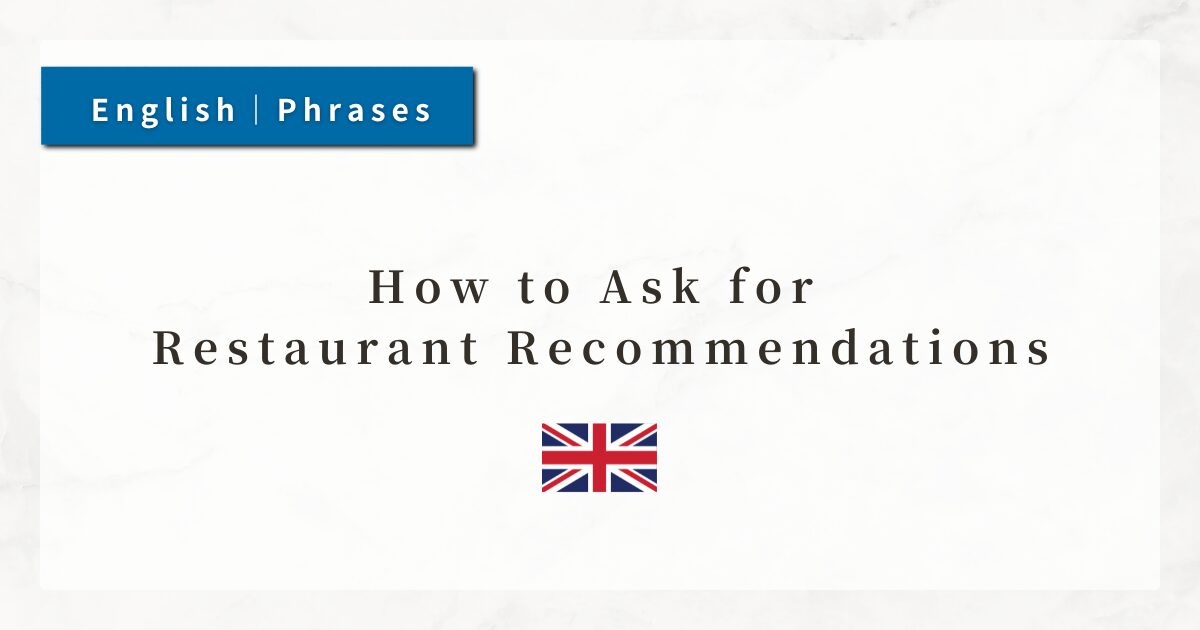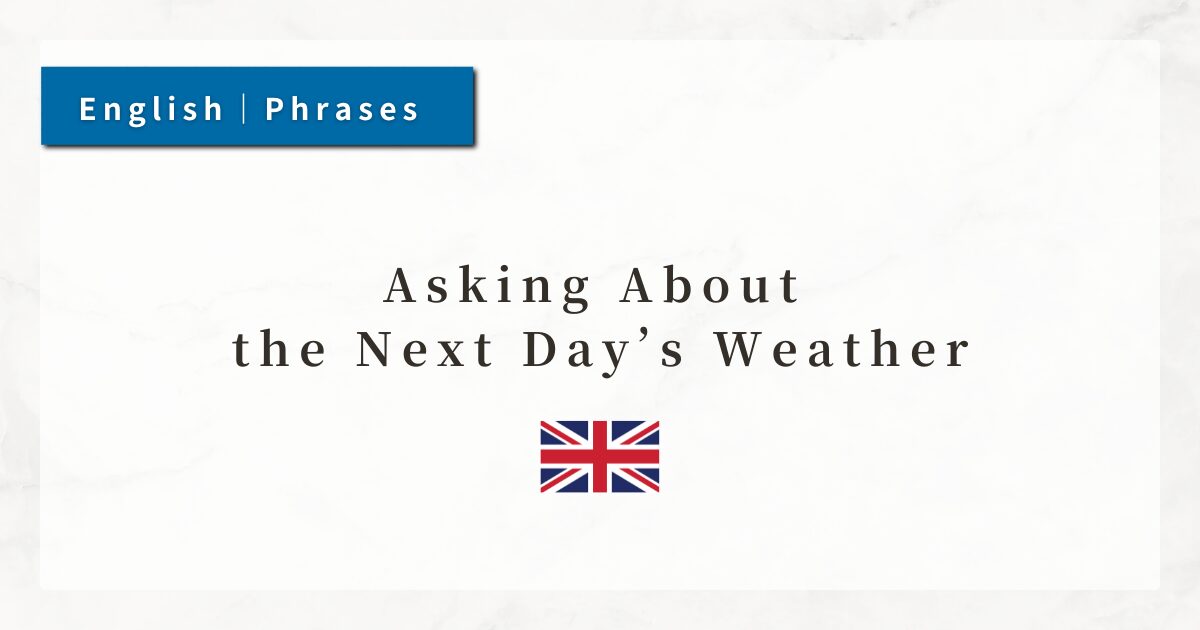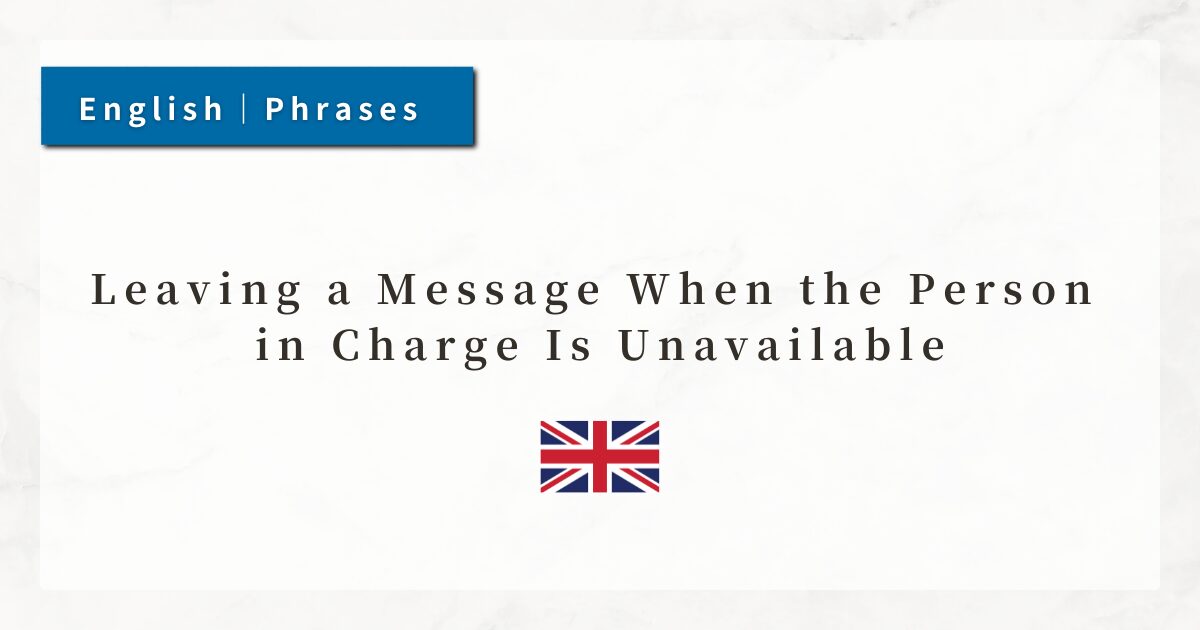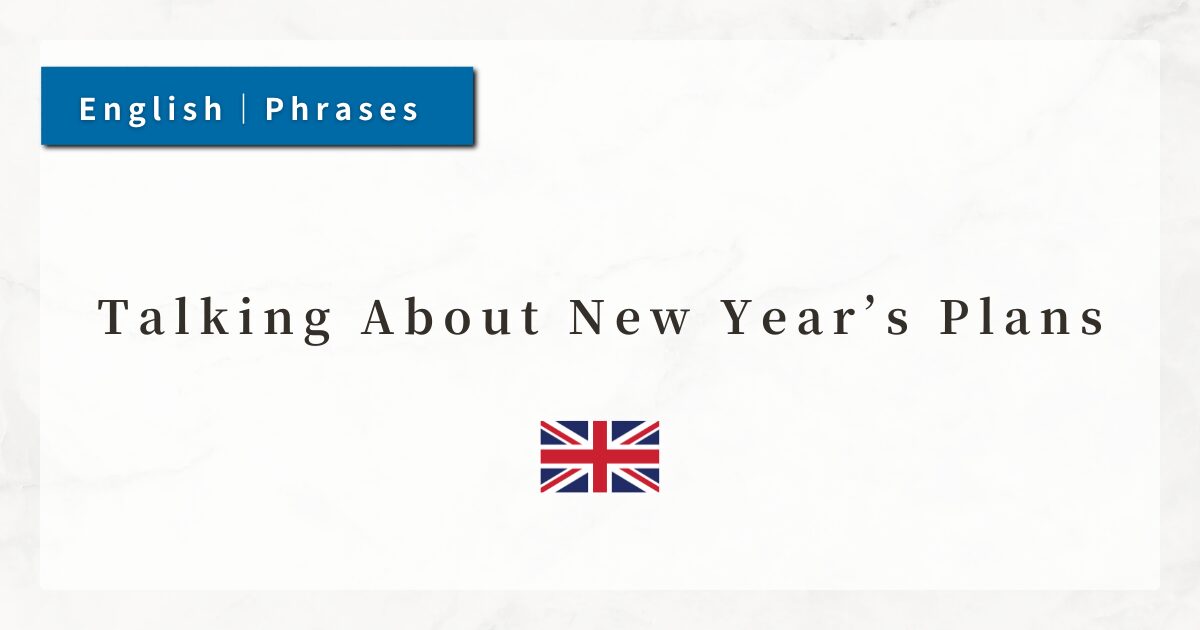#17 Ordering at a Café|Essential English Phrases for Ordering
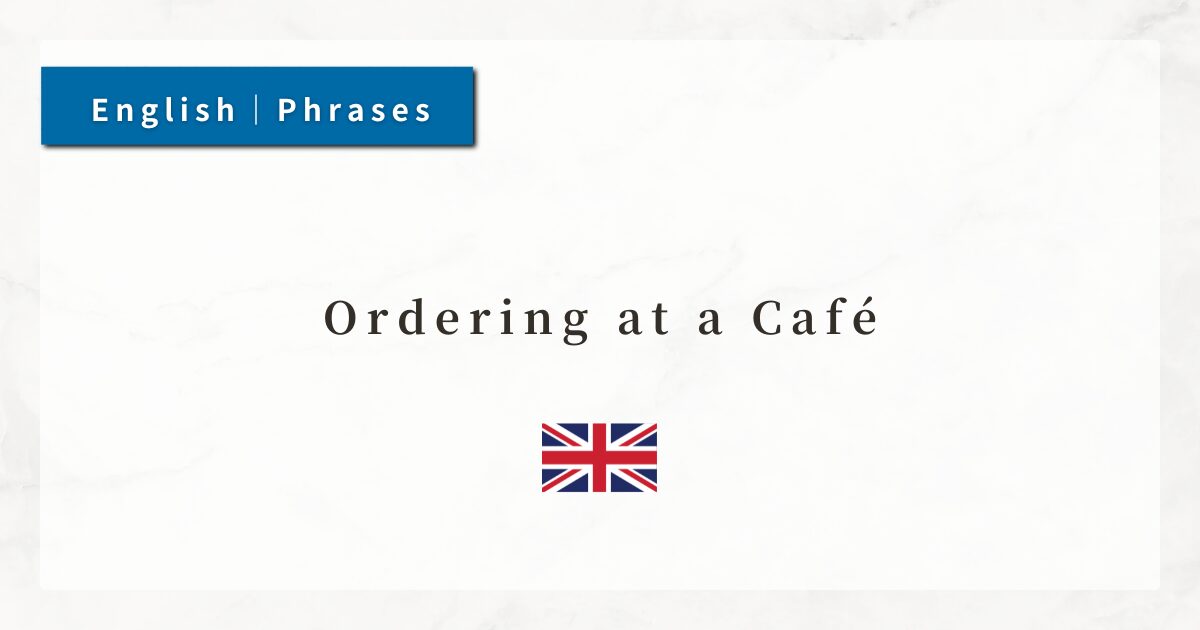
When visiting a café to enjoy a drink or a light snack, it is common to place an order.
However, if you hesitate while looking at the menu or feel nervous and cannot find the right words, the relaxing atmosphere may quickly turn uncomfortable.
By learning useful expressions such as “I’d like …, please” or “To go, please”, you can confidently order in cafés in English-speaking countries.
Here, I will explain the English phrases you can use when ordering, polite expressions, and the typical exchanges that follow an order.
Dialogue

Good morning. What can I get for you today?

I’d like a cappuccino and a blueberry muffin, please.

Sure. For here or to go?

To go, please.

That’ll be $5.20.

Here you go.

Thank you. Have a great day!
1. A Polite Phrase for Ordering
In cafés or restaurants, a natural and polite way to order is: “I’d like …”
This is the contracted form of “I would like …”, which literally means “I would like to have ….” It is one of the most common and polite ways to express your request.
- I’d like a cappuccino, please.
- I’d like a ham sandwich and an orange juice.
By adding “please” at the end, the expression becomes even more polite.
2. Asking “For Here or To Go?”
After you place your order, you will often hear:
- For here? → Dining in
- To go? → Takeaway
Simple responses are enough:
- To go, please.
- For here, thank you.
The phrase “to go” literally means “for taking away.” It is standard in cafés and fast-food restaurants, but not generally used in formal restaurants.
3. Expressing the Total Price
When giving the total price, staff often say: “That’ll be [amount].”
This is the contracted form of “That will be ….”
Other similar expressions include:
- Your total is ~.
- That comes to ~.
4. Handing Over Money or Items
When giving something to another person, a natural phrase is: “Here you go.”
It is casual and friendly, often used to mean “Here you are” or “Here it is.”
5. The Importance of Adding “Please”
Although small, “please” plays a major role in showing politeness.
- I’d like a coffee. → I’d like a coffee, please.
- To go. → To go, please.
- Can I have a muffin? → Can I have a muffin, please?
Adding please naturally in your requests and responses leaves a much better impression.
Summary
- What can I get for you?
→ A standard phrase used by staff when taking orders. - I’d like …, please.
→ A polite way to say “I would like ….” - For here or to go?
→ “Are you dining in or taking out?” - That’ll be …
→ Used to state the total price. - Here you go.
→ “Here you are” when handing over money or items.

